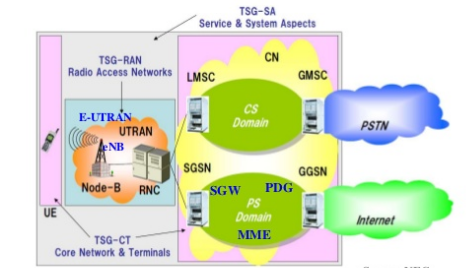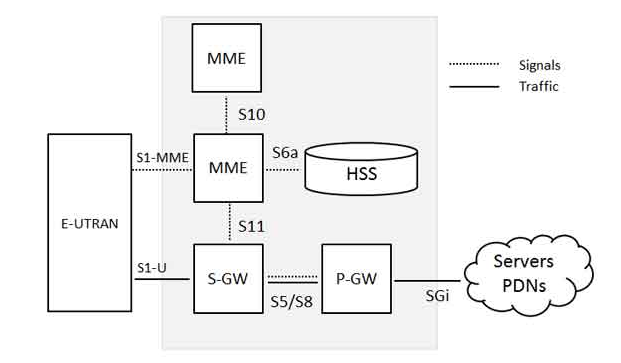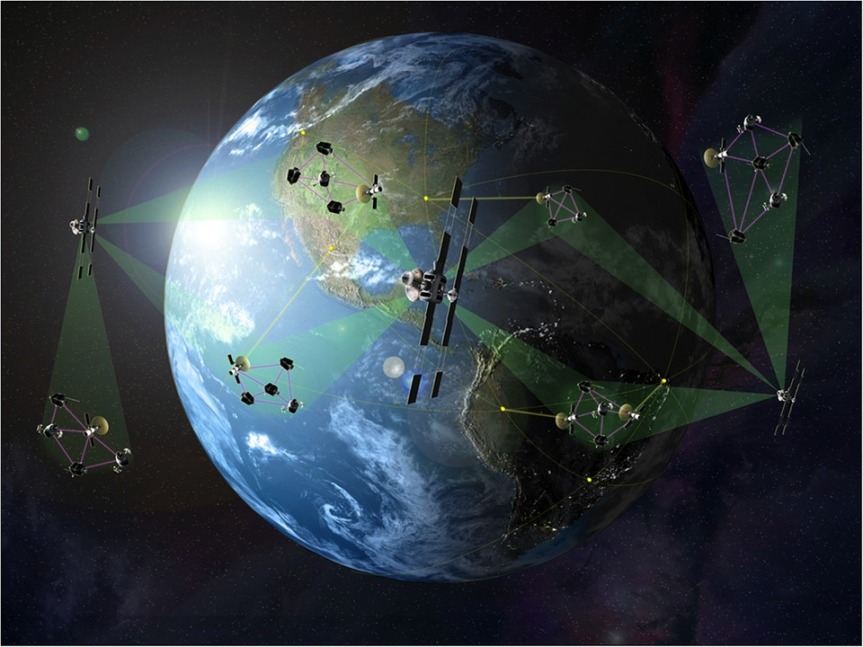Packet Switched and/or Circuit swicthed Communication
The earlier models were distributed between legacy circuit switched networks and evolving packet switched networks

With the massive improvents in quality of network srevices packet switched comunication protocls became more resilent and replaced the circuit swicthed protcols for realtime communication.
LTE ( Long Term Evolution )
LTE evolved its precursor Universal Mobile Telecommunication System (UMTS), which in turn evolved from the Global System for Mobile Communications (GSM).
It defines the access layer of Telecom architecture. EPC is the core of LTE system . LTE is often linked with evolved UMTS terrestrial radio access (E-UTRA) and evolved UMTS terrestrial radio access network (E-UTRAN). With this eco-system Evolved NodeB (eNodeB) is the base station for LTE radio.
Read more on Long Term Evolution (LTE), VOLTE and VOWifi
What is EPC (Evolved Packet Core ) ?
EPC is a core network architecture framework by 3GPP. It conncets the E-UTRAN to server-PDNs and is largely responsible in controlling the application flow.

Primarily EPC has 4 sub parts
- HSS
- Serving Gateway ( S-Gw)
- PDN gateway ( P-Gw)
- MME (Mobility Management Entity)

It is most often an IMS environment contgainings CSCF as Gateways with various roles .
IP Multimedia SubSystem was originally meant for evolved UMTS network to provider IP communication to mobile UAs. Today IMS is gaining plenty of attention due to oncoming
More information on IMS and IP Communication go here
What is IMS or IP Multimedia System ?
A standardized IP-based architecture that allows the convergence of fixed and mobile communication devices and multimedia applications.
Using IMS, applications can combine voice, text, pictures, and video in call sessions, offering significant ease-of-use to subscribers and allowing service providers to drive branding through a common interface
Defined by the Third Generation Partnership Project (3GPP) and supported by major Network Equipment Providers and service providers.
The standard supports multiple access types – including GSM/GPRS/EDGE, WCDMA, CDMA2000, wireline broadband access and wireless LAN.


